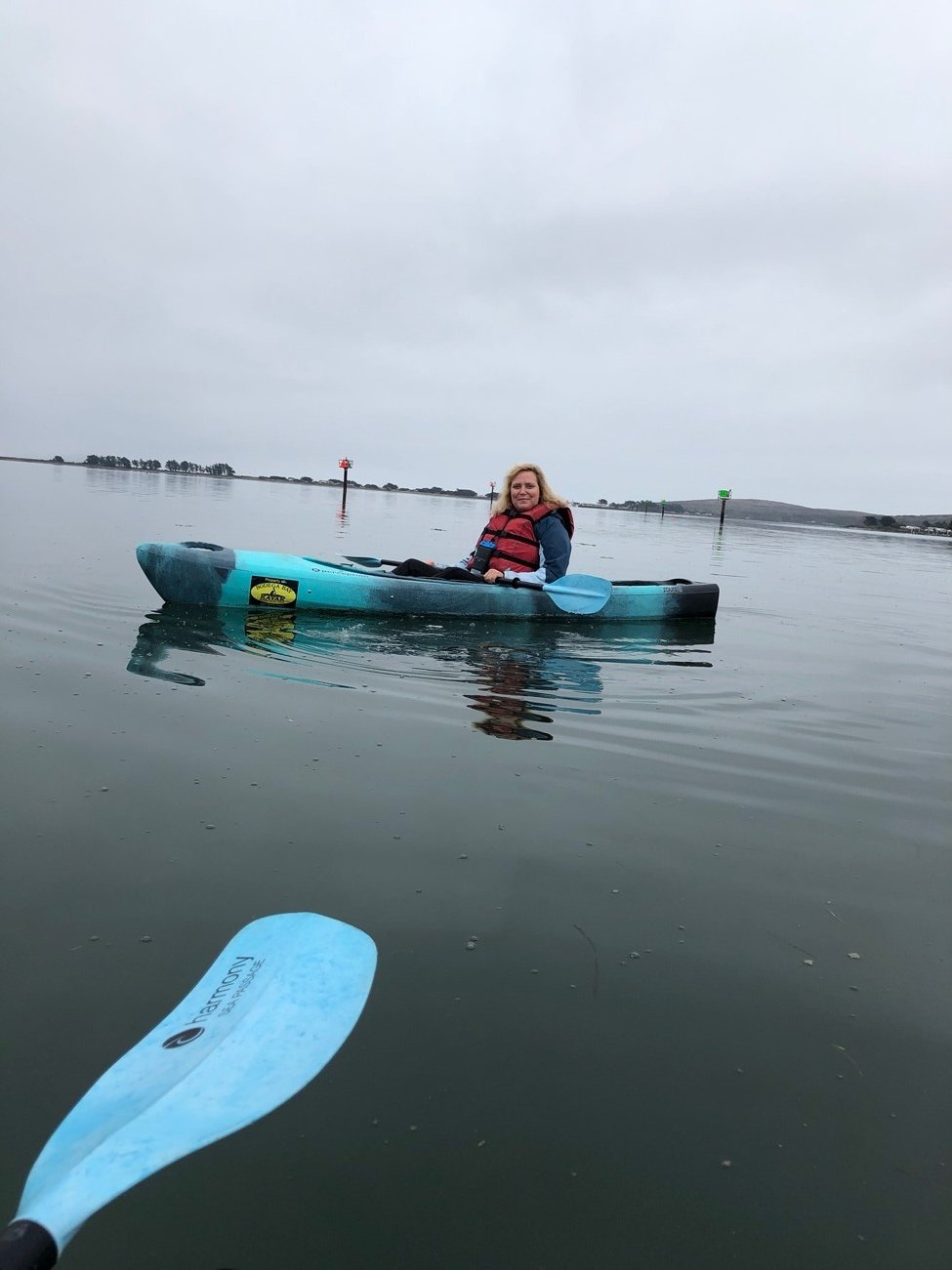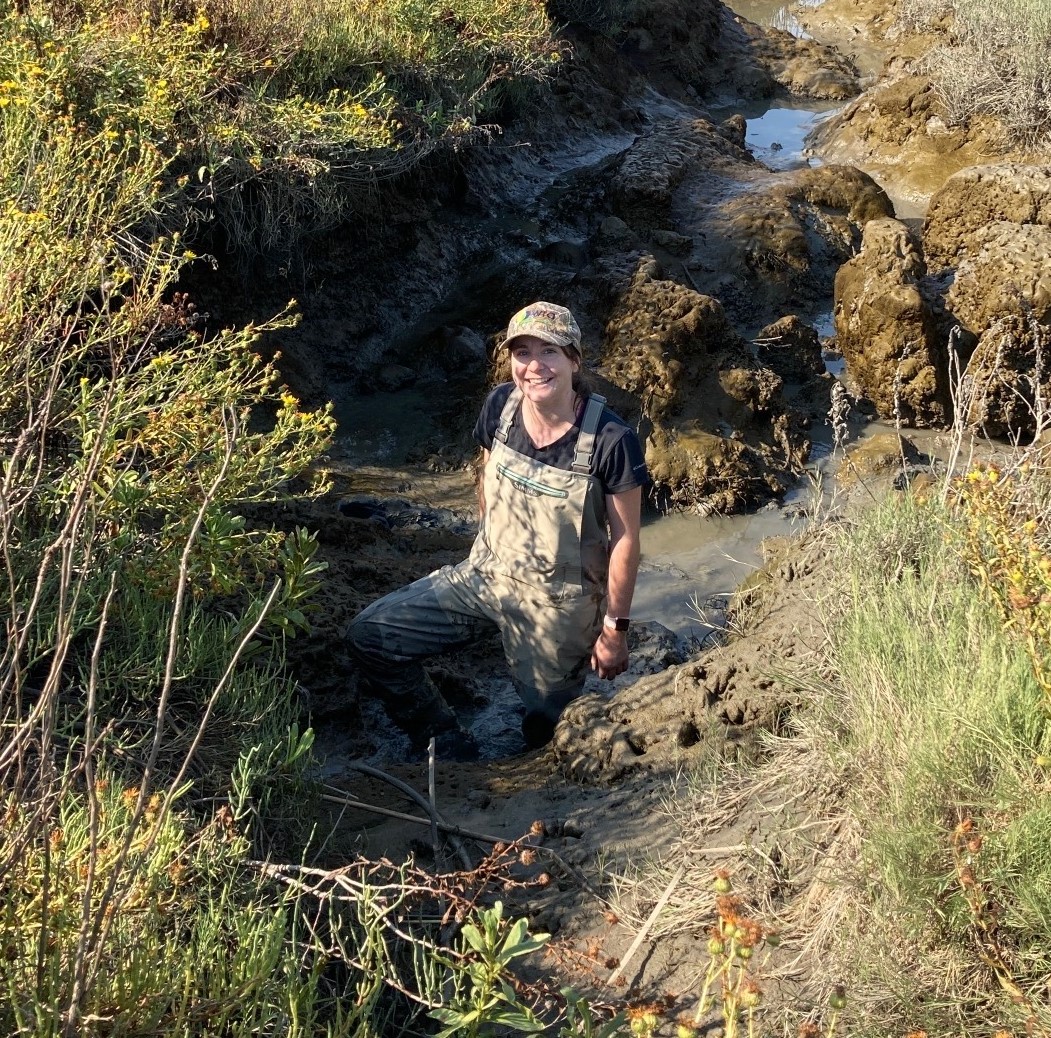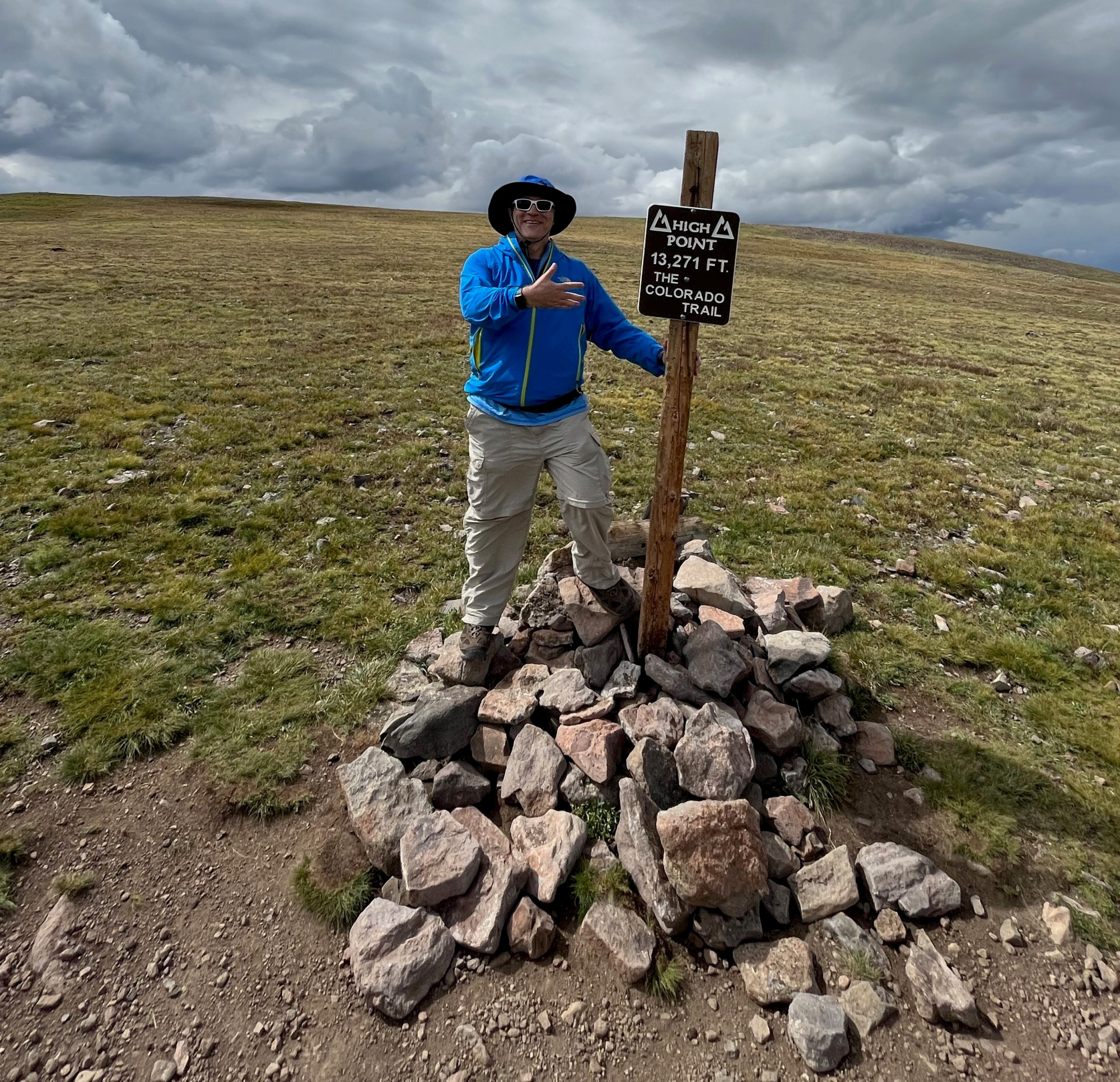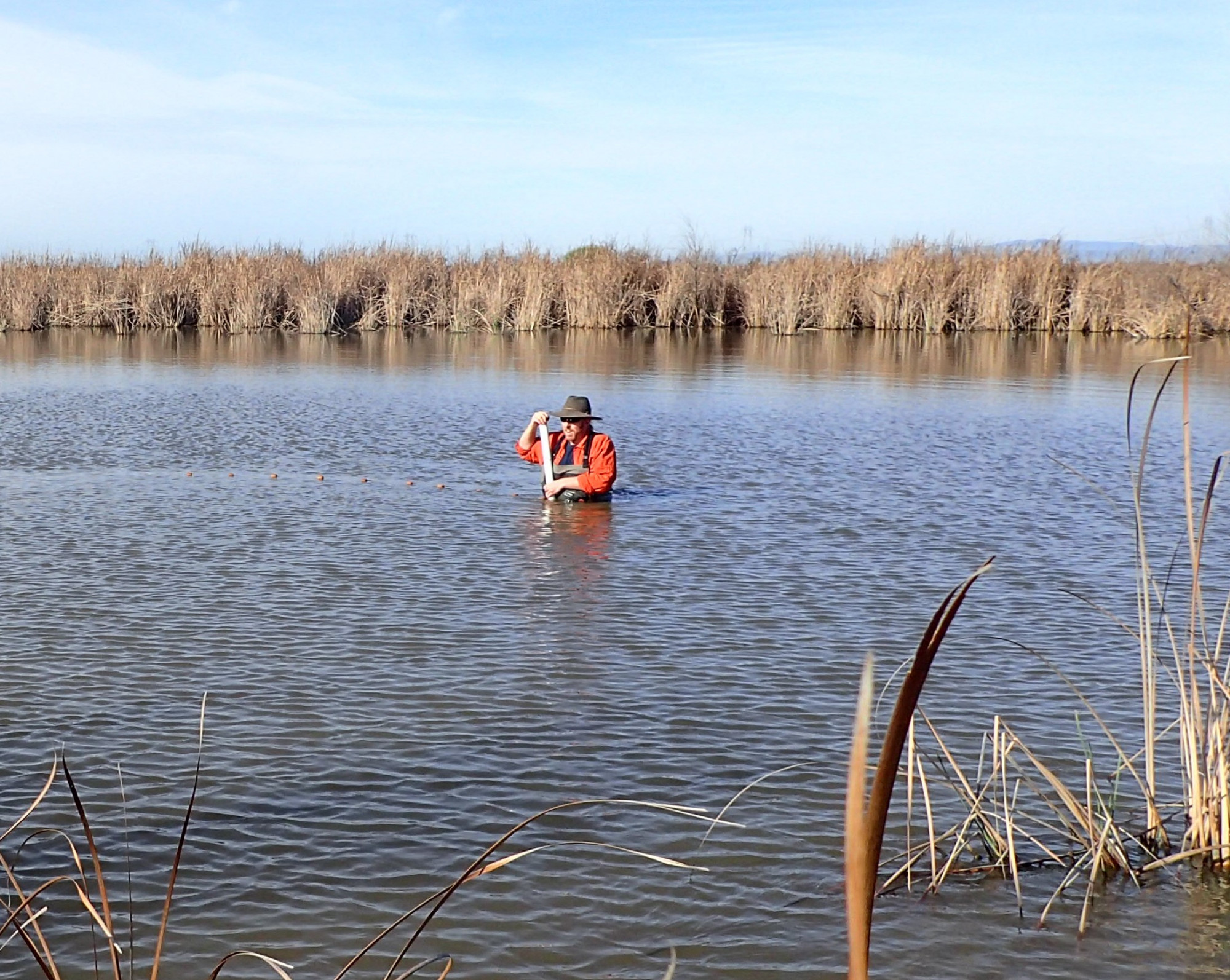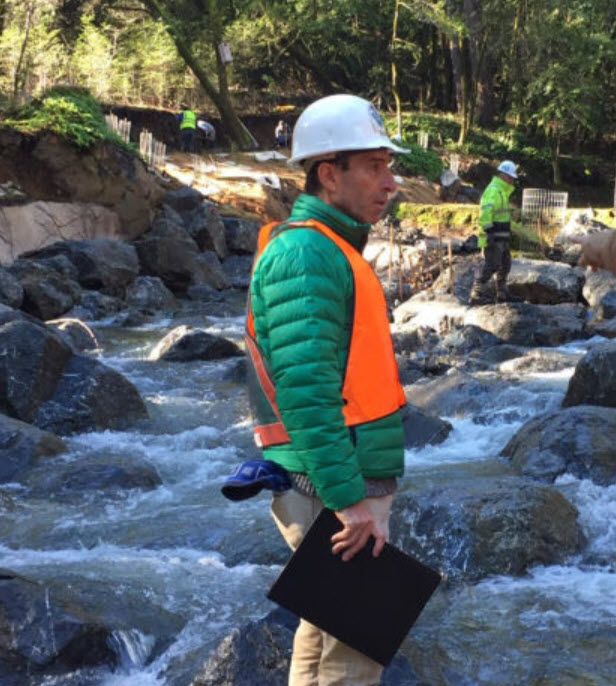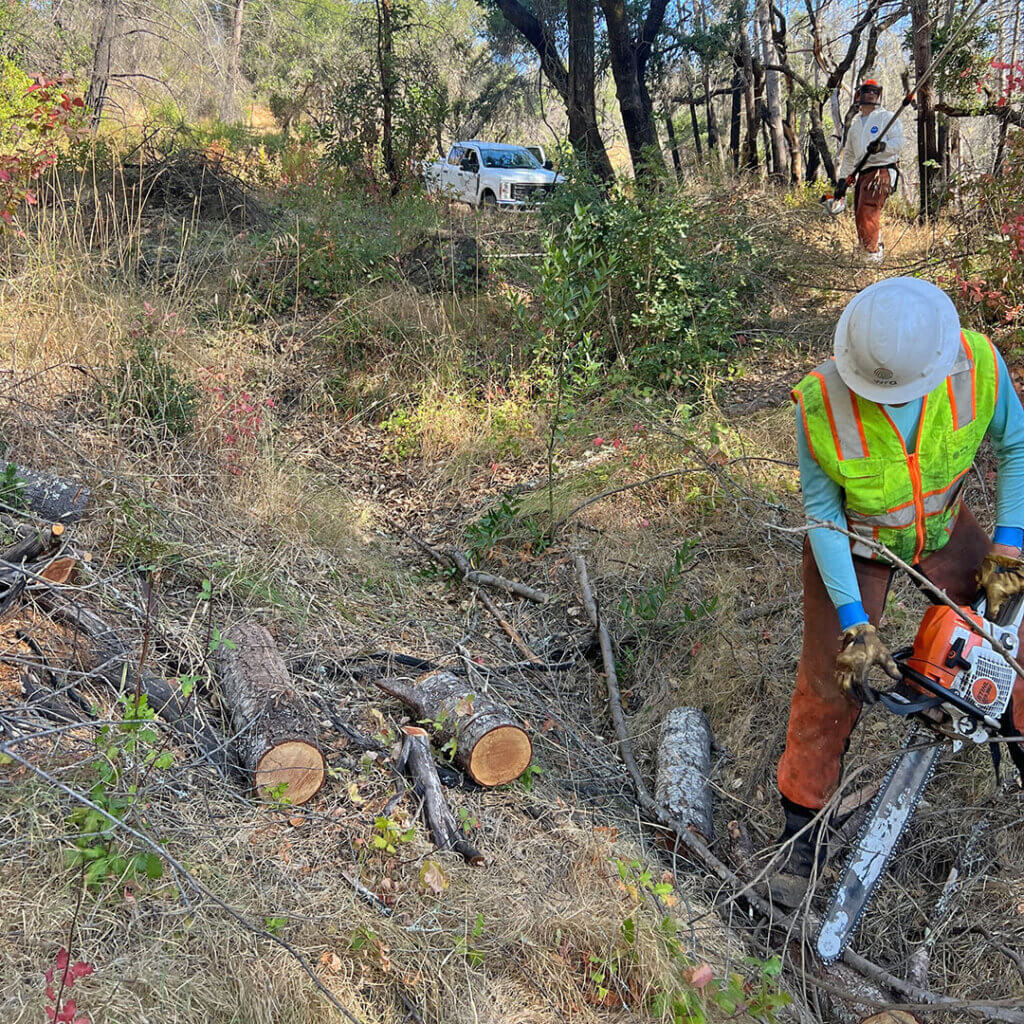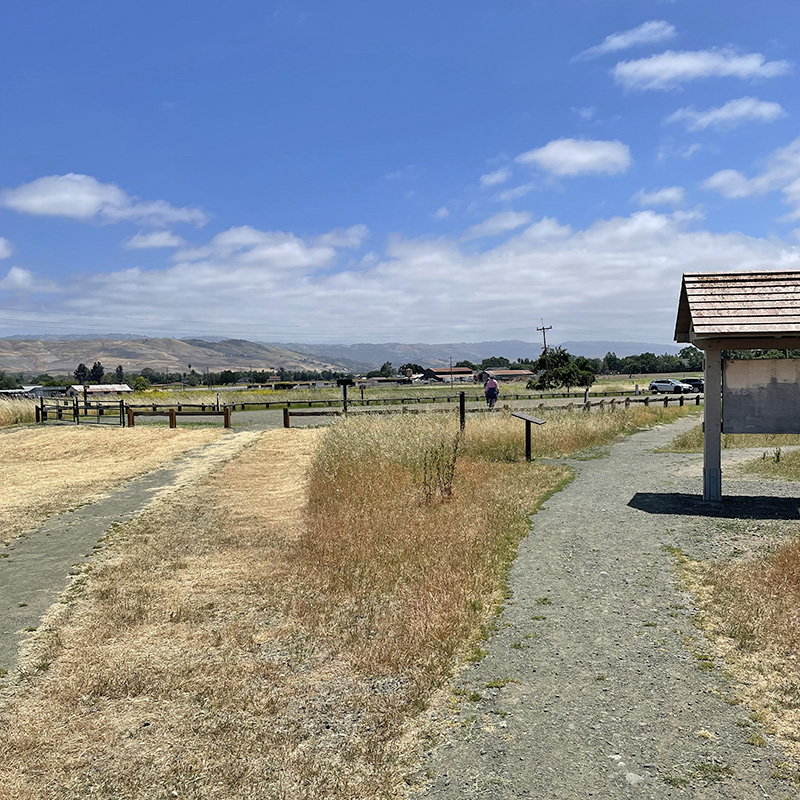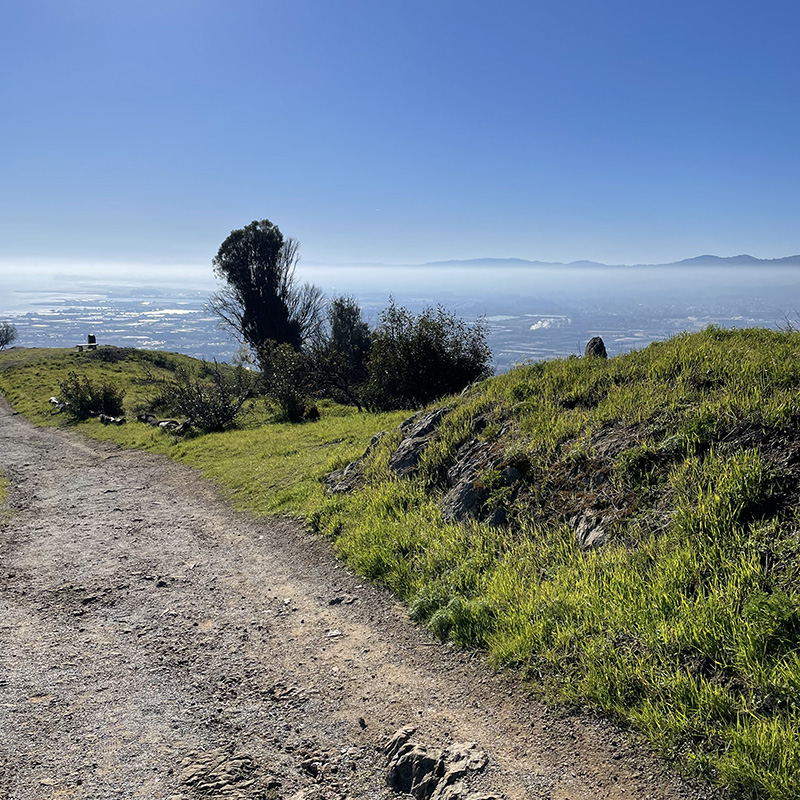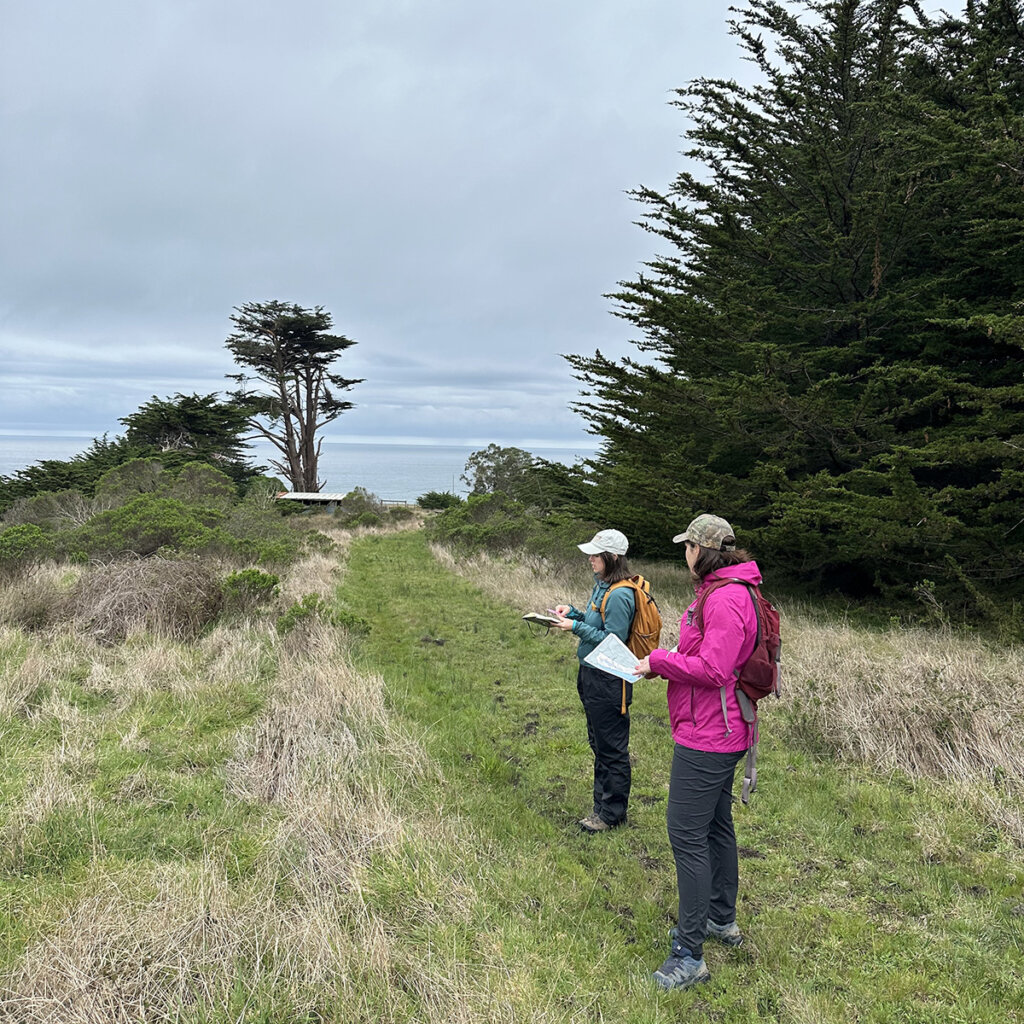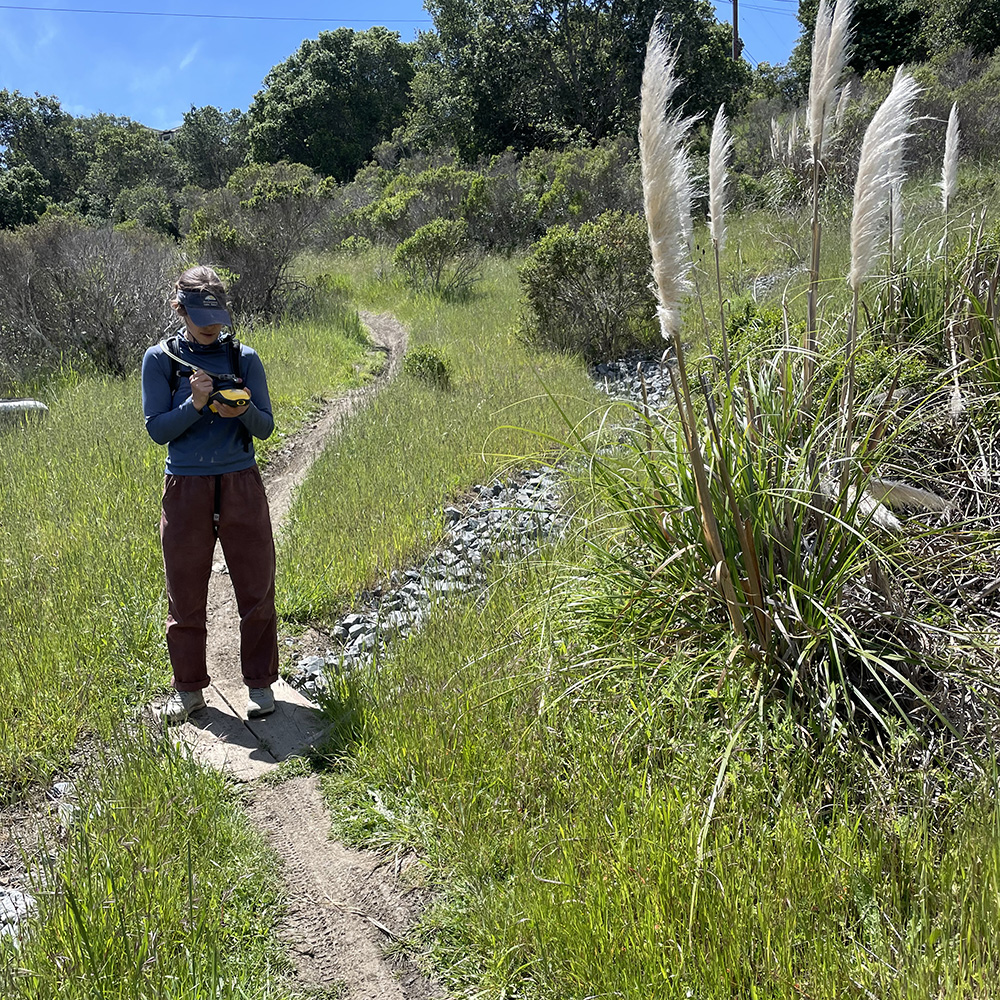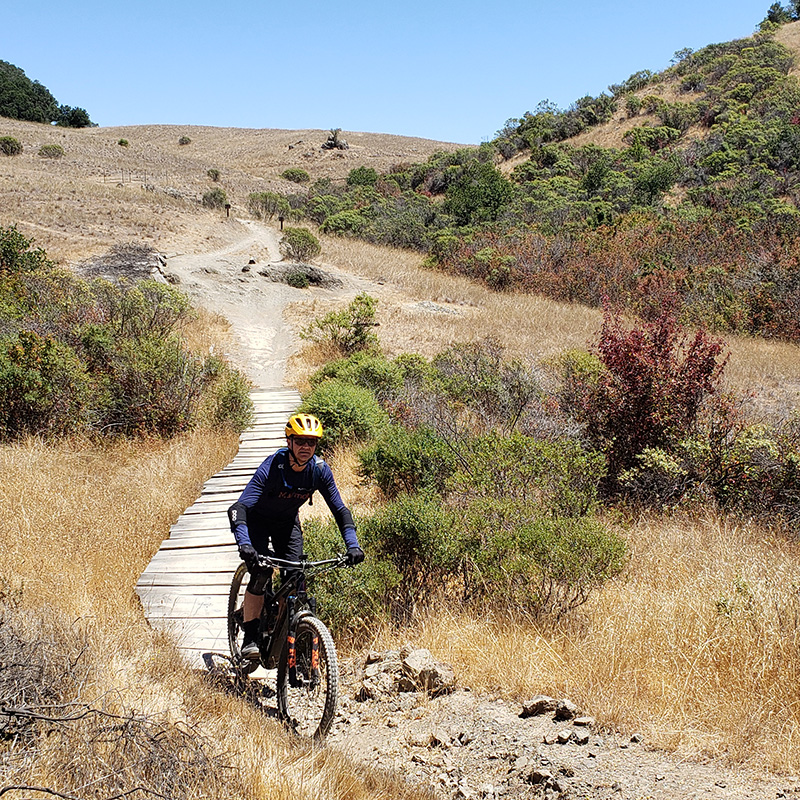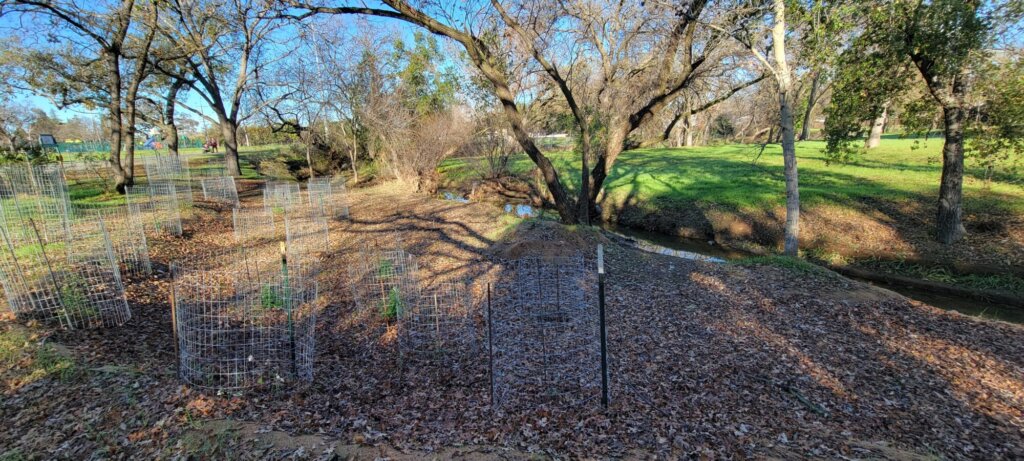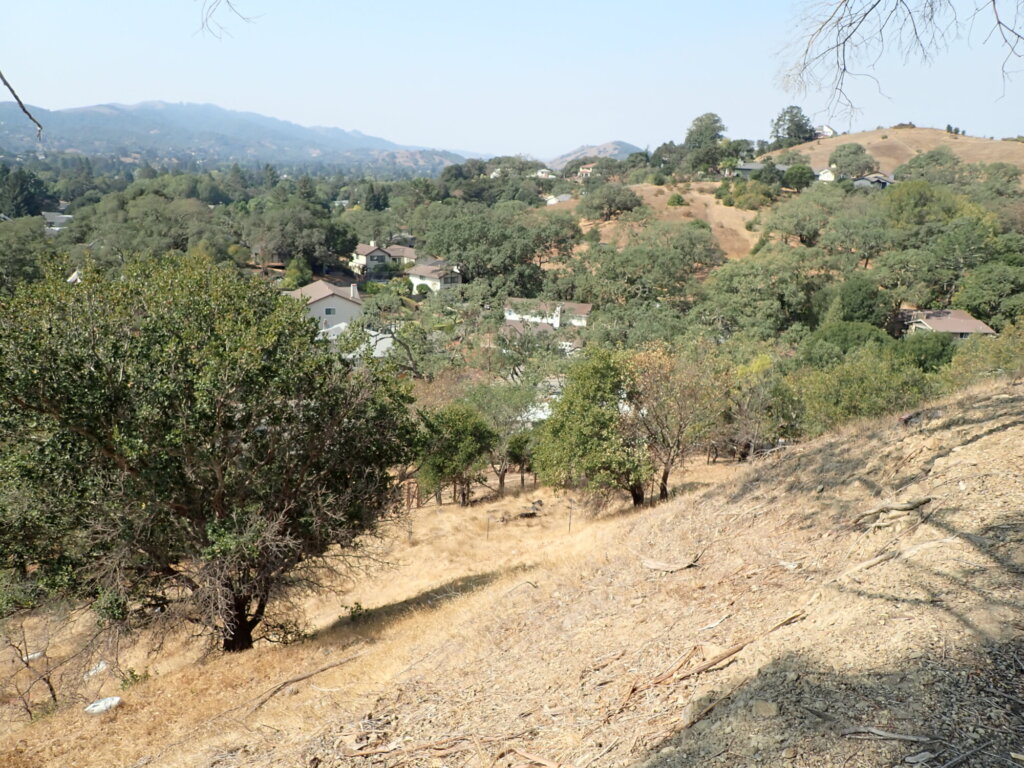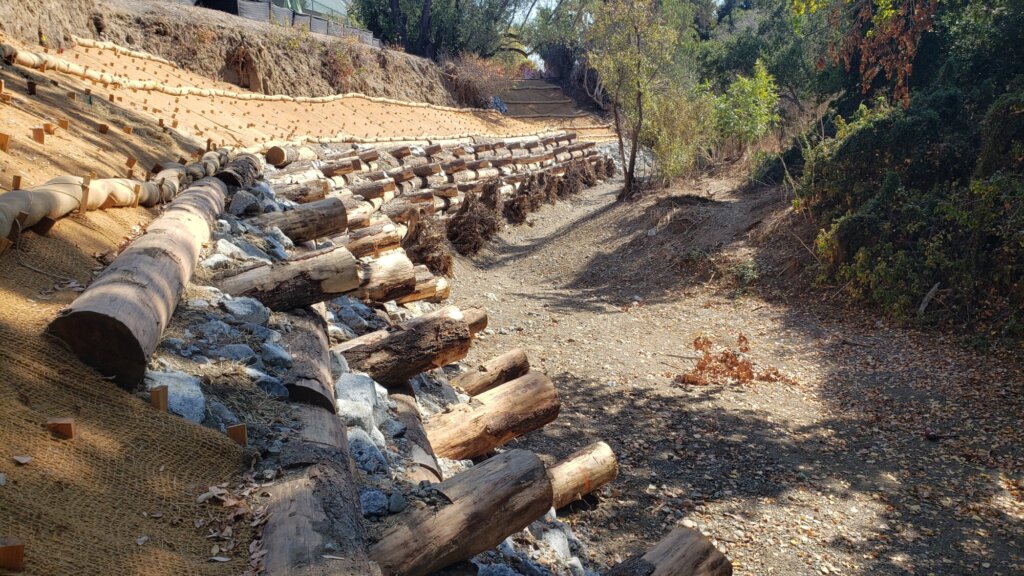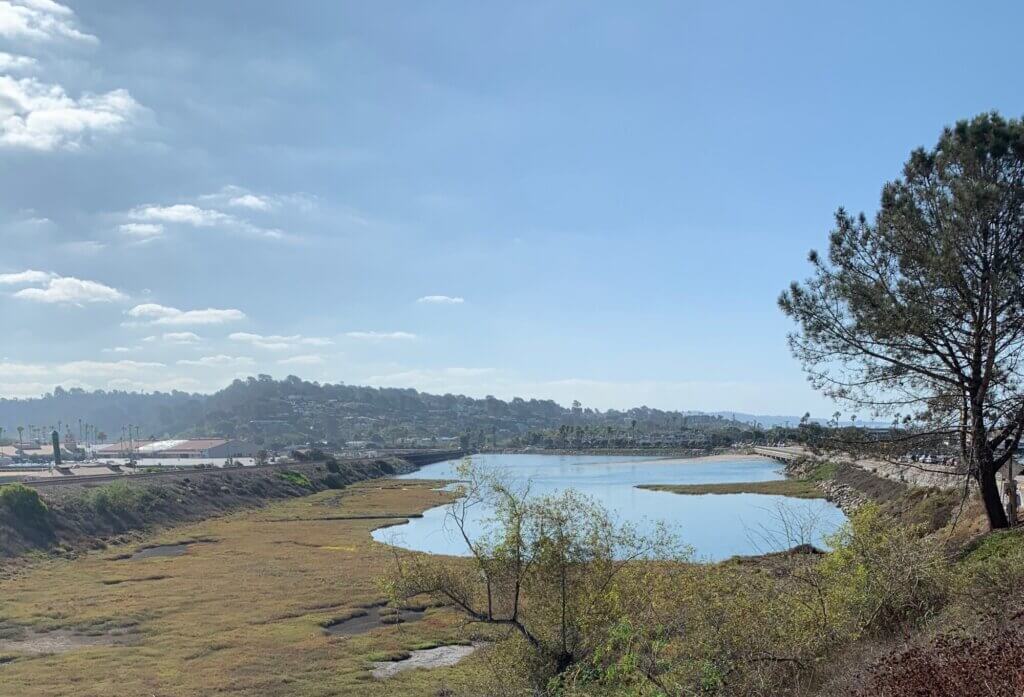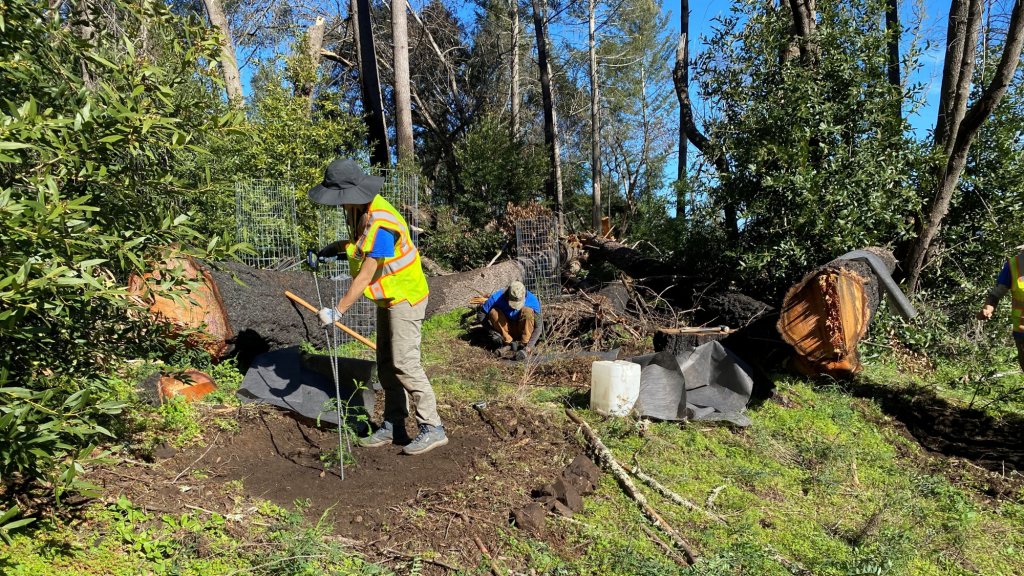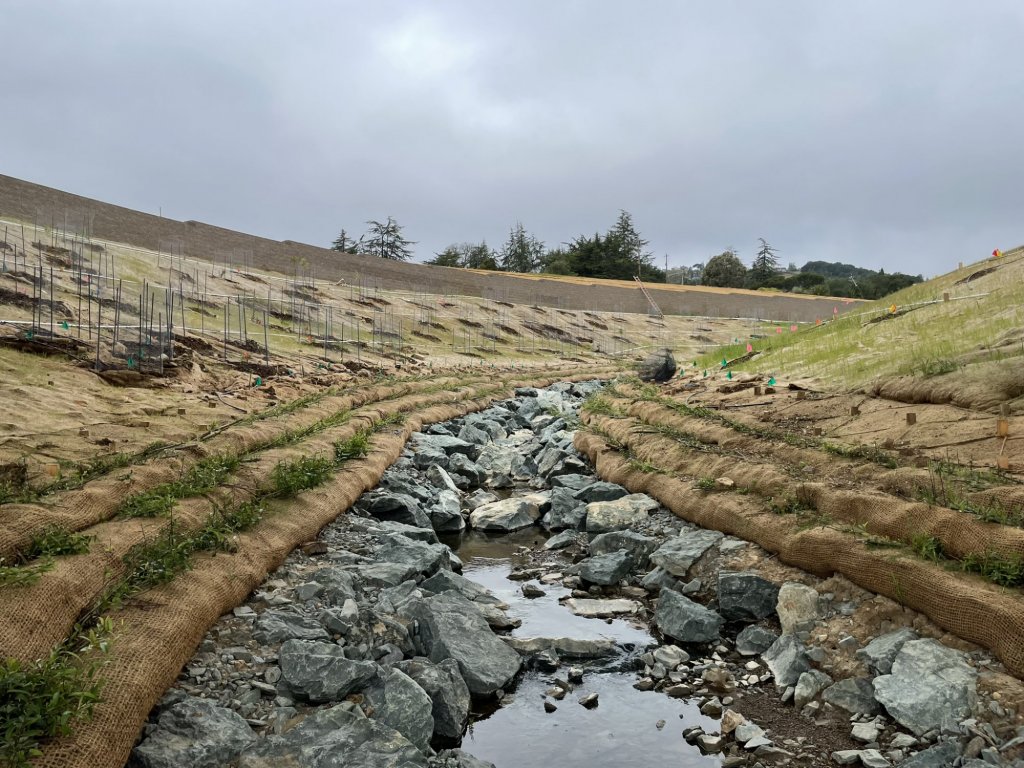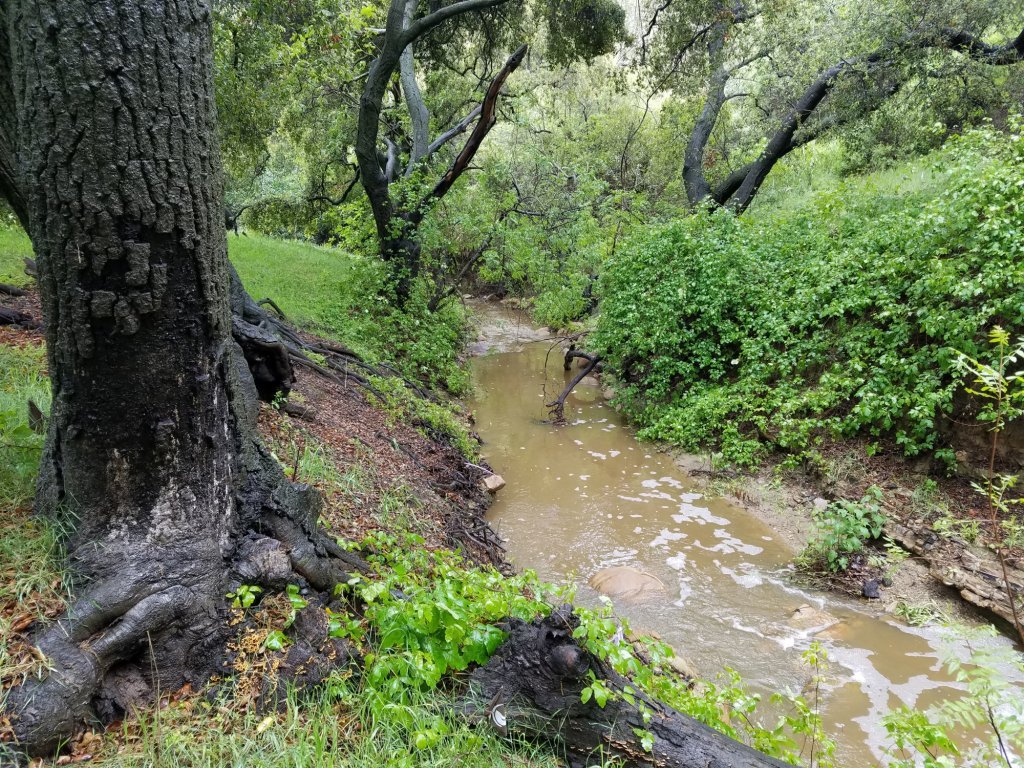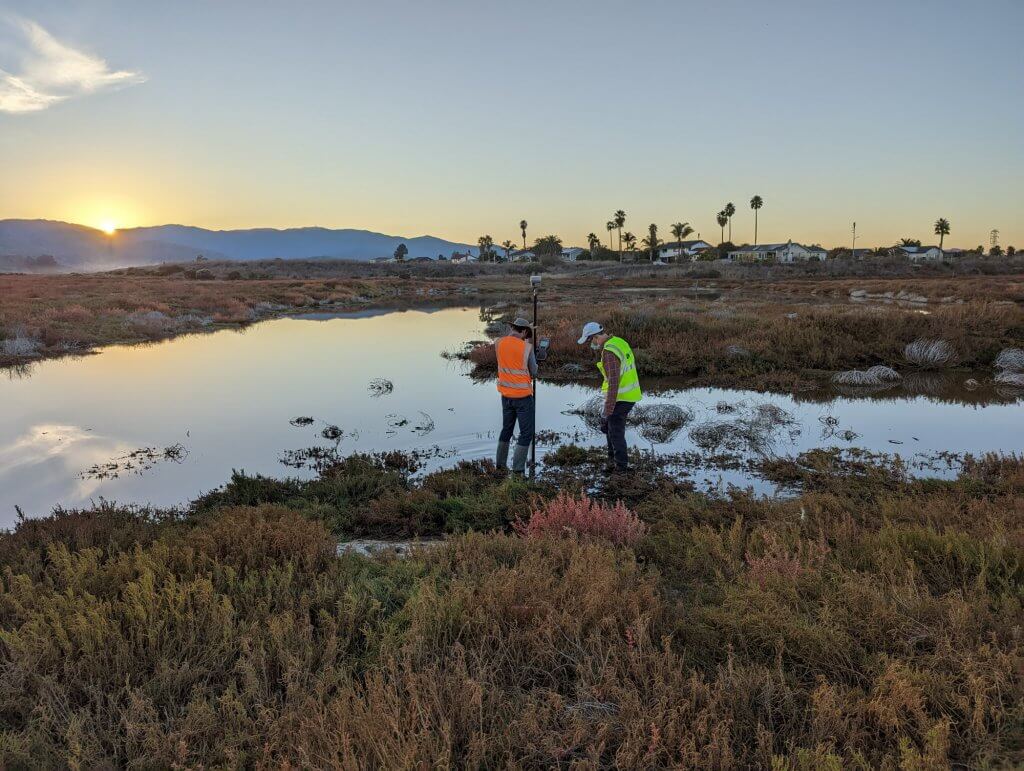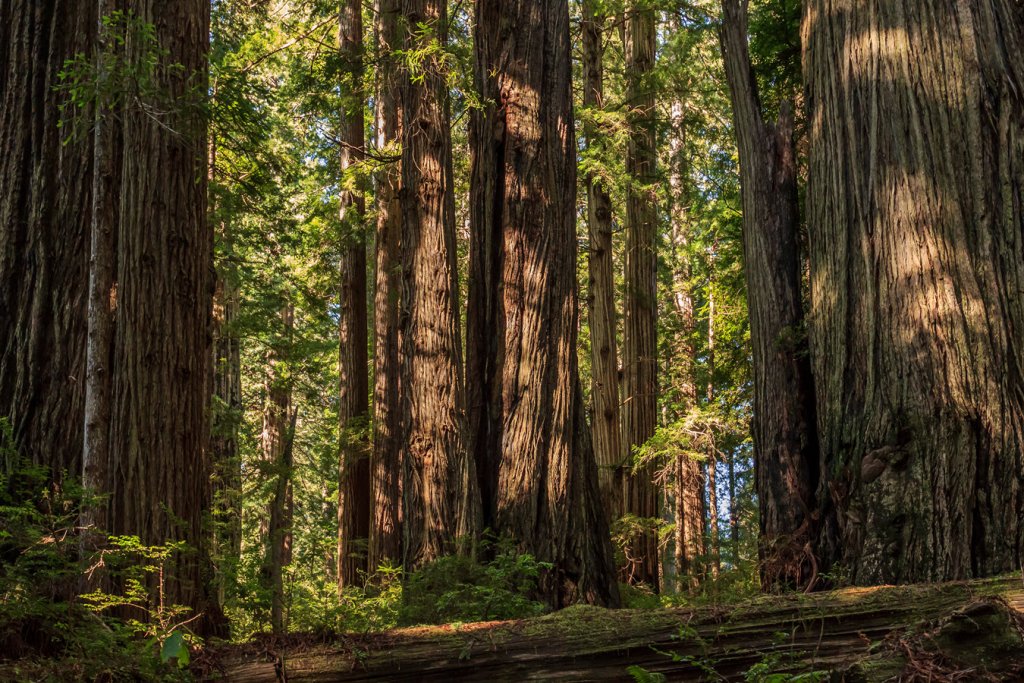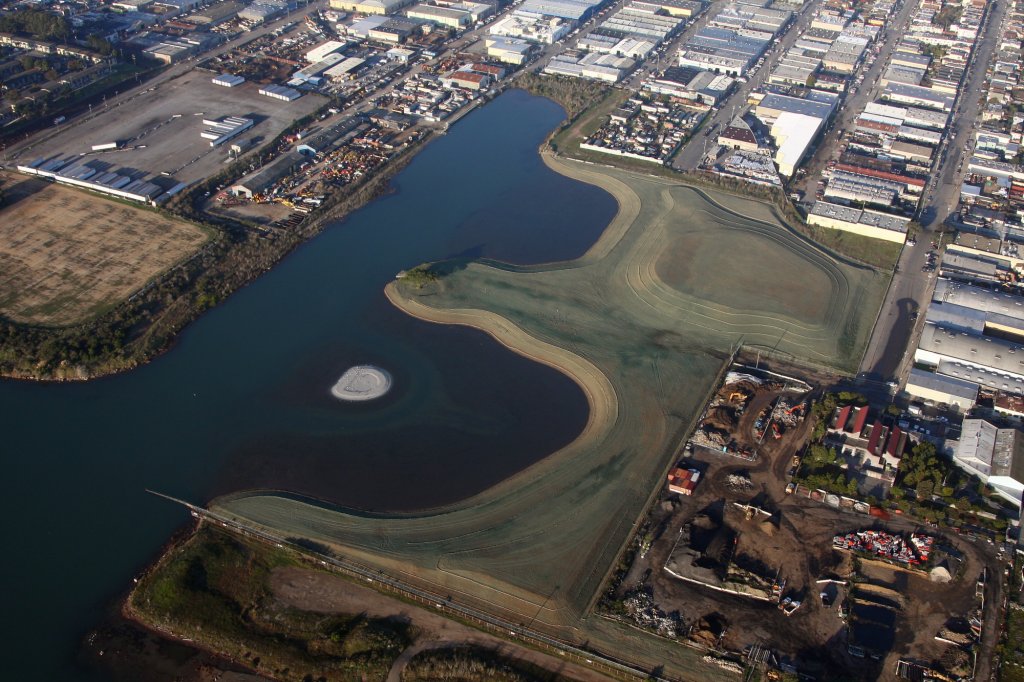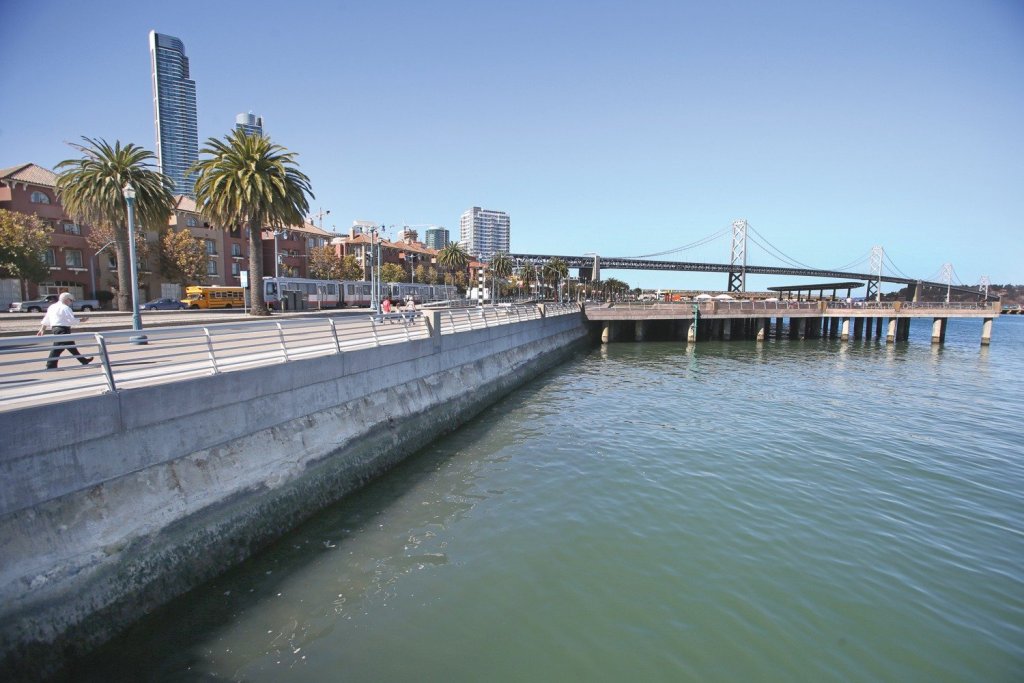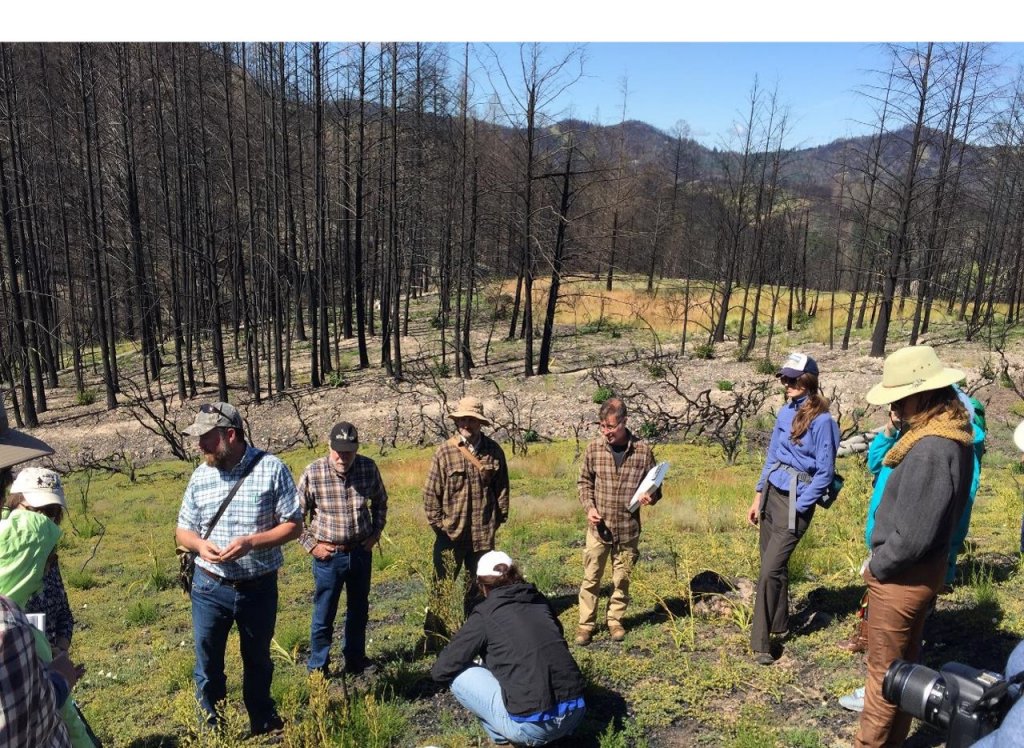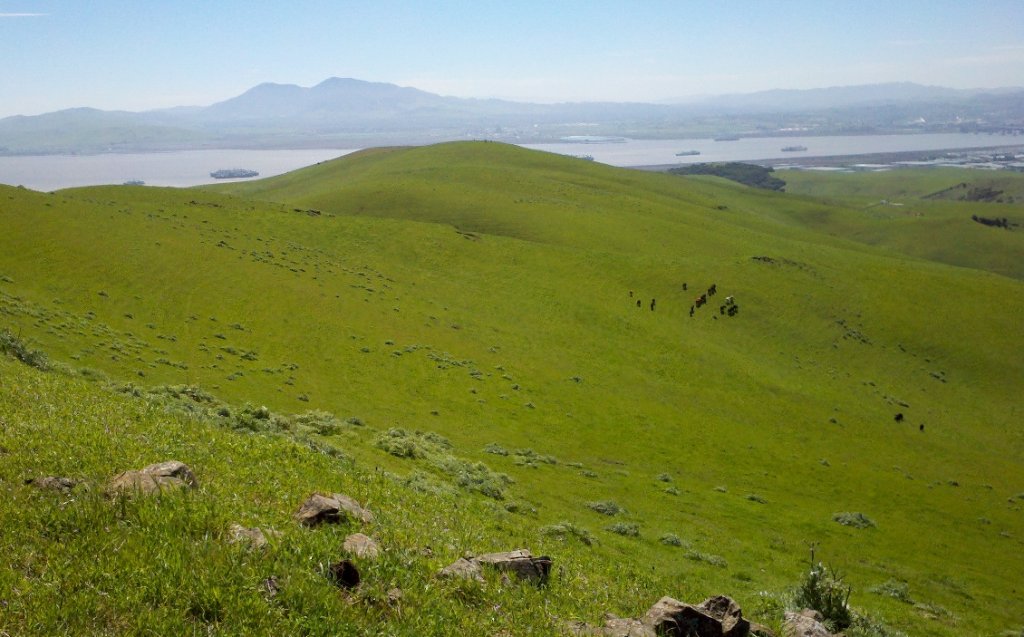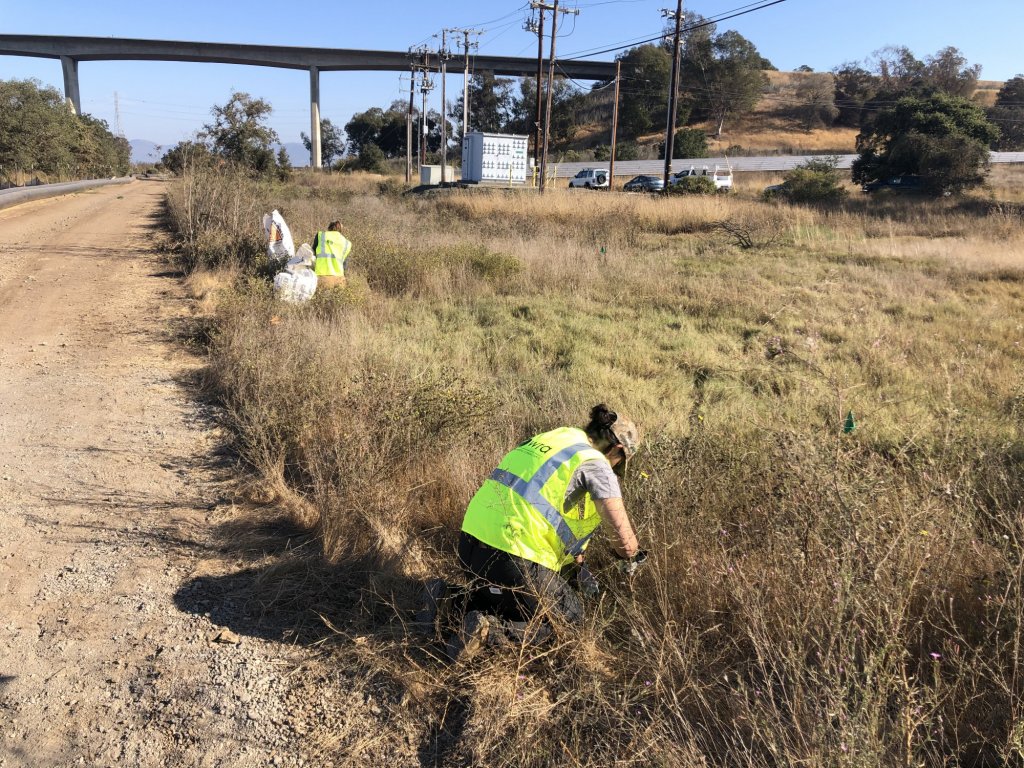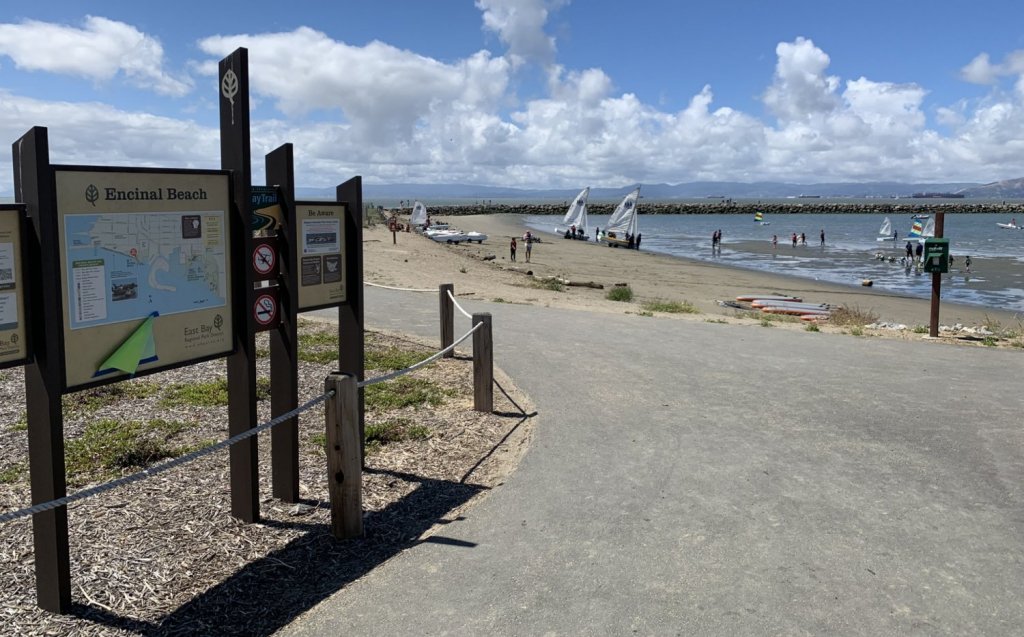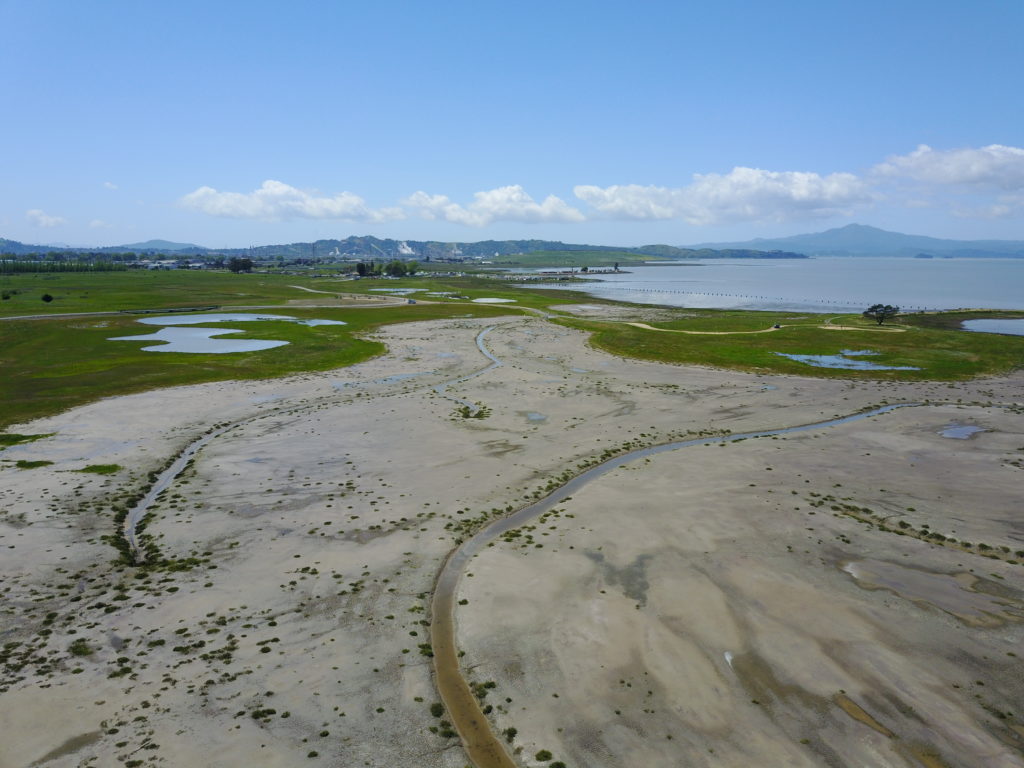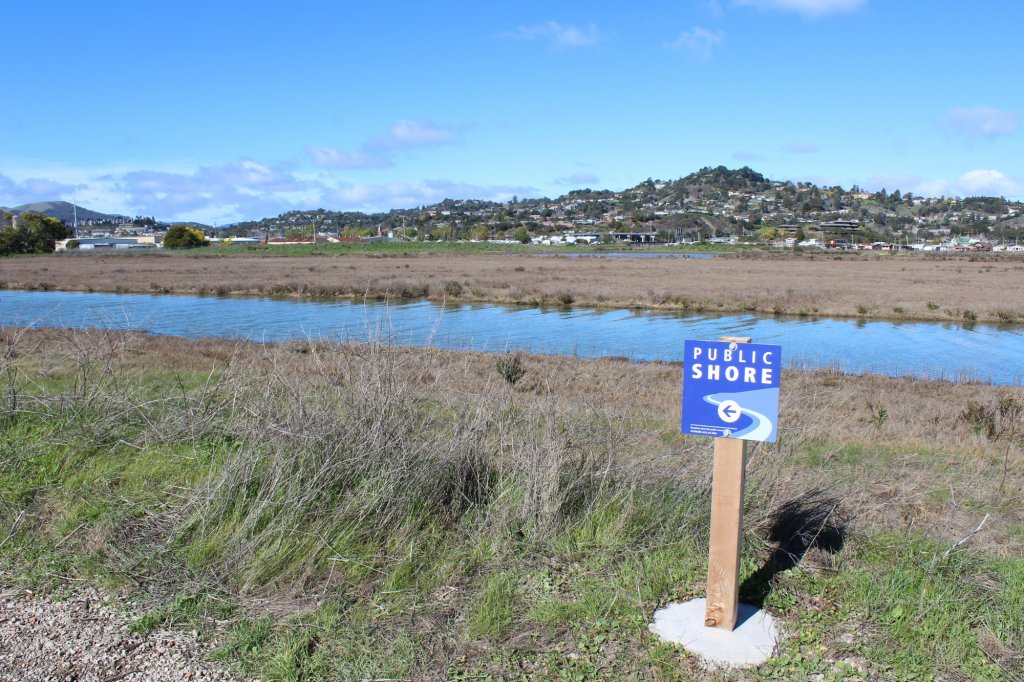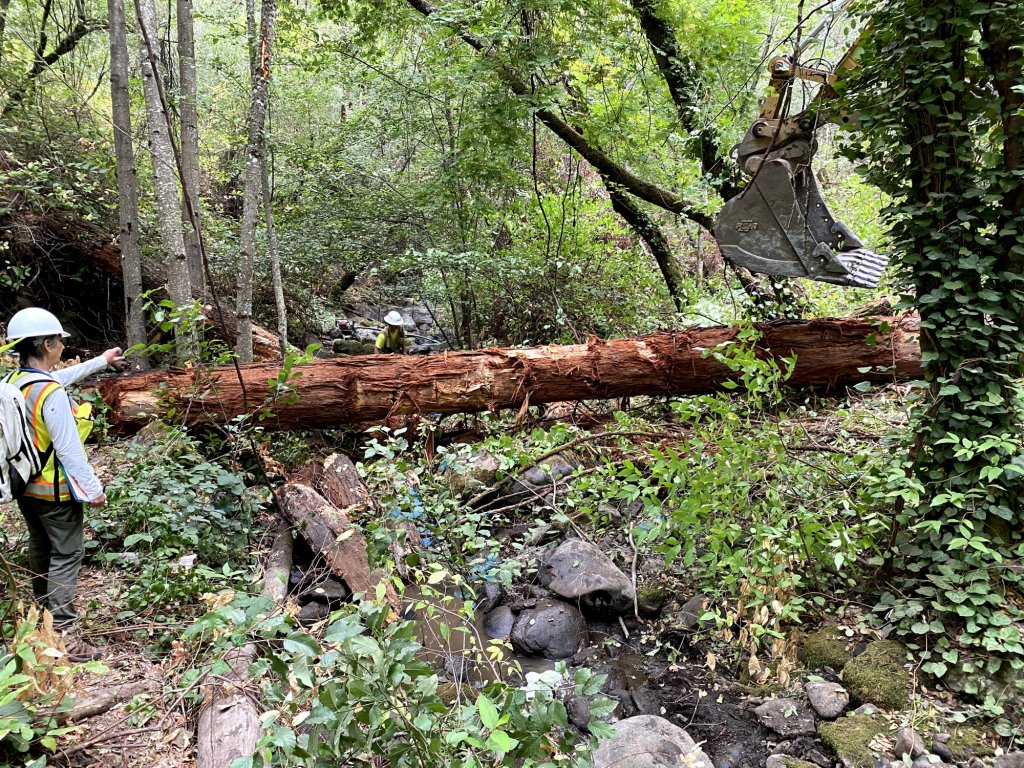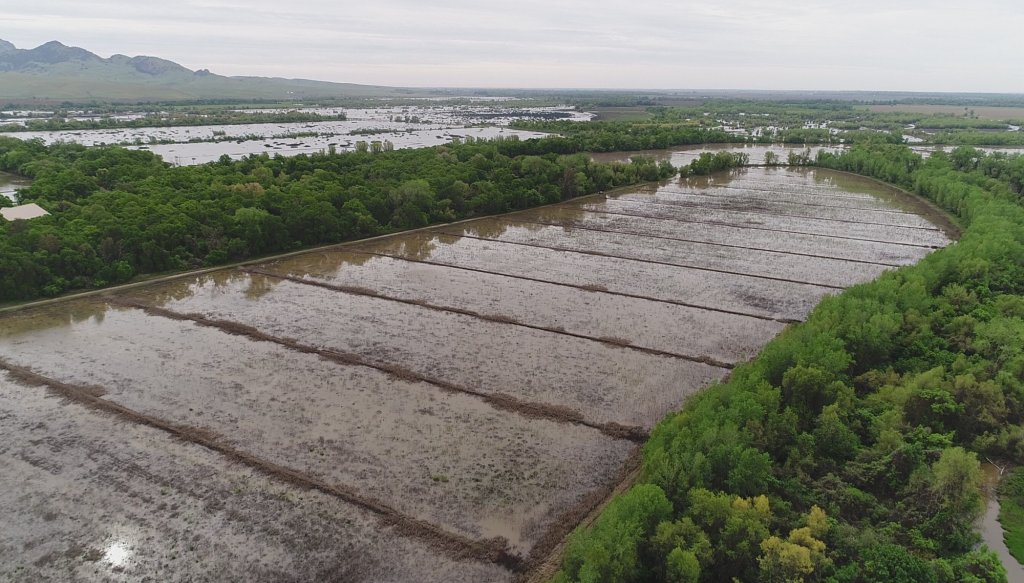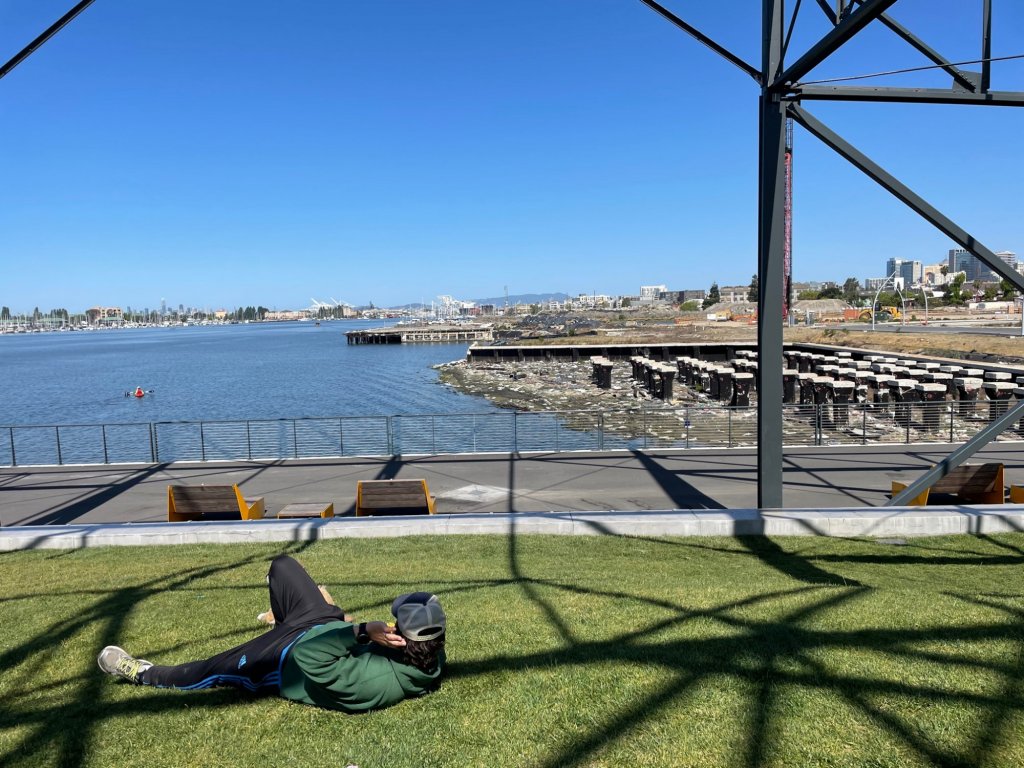Our Projects
Bolinas Lagoon Wye Wetlands Restoration Project
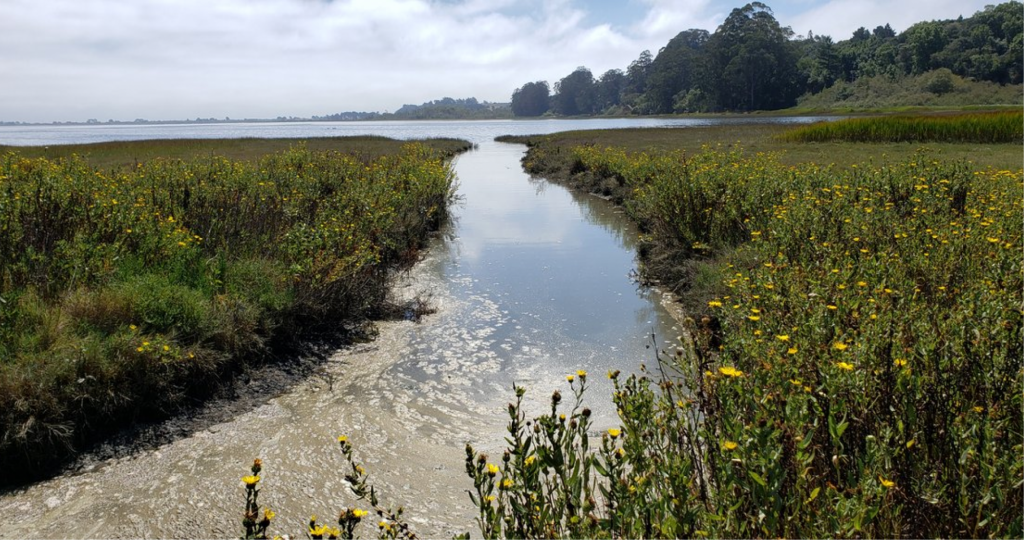
Goal
The project will connect Lewis Gulch Creek to its floodplain, restore the historic alluvial fan, enhance fish passage, provide sea-level rise resiliency, and improve traffic safety.
The Bolinas Lagoon tidal estuary is a 1,100-acre Ramsar wetland of international importance located in Marin County. The project focuses on restoring Lewis Gulch Creek and the wetlands area at the northern tip of the lagoon. Goals for this grant-funded project are to connect Lewis Gulch Creek to its floodplain and restore the functions of the historic alluvial fan, enhance fish passage, provide for sea-level rise resiliency, and to improve traffic safety on California State Route 1 at the intersection with Olema-Bolinas Road after the removal of the crossover road.
Approach
WRA provided hydraulic modeling, creek restoration and native landscaping design, biological and wetlands assessments, CEQA environmental compliance, and permitting strategy.
WRA is responsible for hydraulic modeling and analysis using HEC-RAS, creek restoration design, and alternatives analysis for the pre-design phase. Restoration elements include a large log-based bank protection structure at a creek bend close to Highway 1, a new creek alignment with log structures to promote floodplain utilization and fish passage, abandonment of a former creek bed, removal of a road and restoration into salt marsh habitat, and native landscape design for multiple hydrologic zones. WRA has prepared biological and wetlands assessments in support of design and permitting.
WRA is responsible for the CEQA and environmental compliance services and coordinating closely with the County and One Tam on the design and permitting strategy. WRA is also collaborating with the NOAA Restoration Center to plan for programmatic Section 7 and Coastal Zone regulatory review using advanced approvals developed by the NOAA RC.
WRA has evaluated scour for the new bridge design, and tsunami forces are also being considered. The WRA team has prepared plans, specifications and cost estimates at the conceptual, 30 percent and 60 percent levels and will soon submit the 90 percent design deliverables and initiate permitting and CEQA.
Impact
The overarching theme is restoring more natural flows and fish passage and an overall resilient ecosystem.
Three alternatives for the proposed bridge and culvert geometries at Olema-Bolinas Road were developed and evaluated based on modeling a range of hydrologic conditions. The site’s flow regime was simulated for existing and restored scenarios, including consideration of low flows, flood flows, tidal fluctuations, and sea-level rise.
Experts
Project Specifics
Project Partners
Status
Detailed Services
• Creek restoration design
• Native landscape design
• Biological and wetlands assessments in support of design and permitting
• CEQA and environmental compliance
• Permitting strategy




